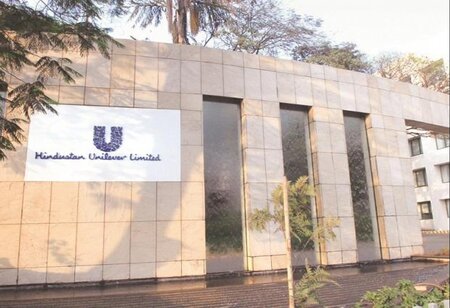Investors closely track rural demand in FMCG firms' Q3 Results
 Hindustan Unilever Ltd (HUL) will be announcing its December quarter (Q3FY22) results on Thursday and investors are expected to closely track management commentary on rural demand. Recall that while announcing Q2 results, HUL had said that recent industry trends hint at rural demand moderation, which need to be monitored.
Hindustan Unilever Ltd (HUL) will be announcing its December quarter (Q3FY22) results on Thursday and investors are expected to closely track management commentary on rural demand. Recall that while announcing Q2 results, HUL had said that recent industry trends hint at rural demand moderation, which need to be monitored.
Q3 volume growth expectations are sequentially lower, but product price increases would likely support revenue growth. “Expect 9% revenue growth (for HUL), which would be pricing-led with volume growth lagging at 2%," said analysts at Jefferies India Pvt. Ltd.
As other fast-moving consumer goods (FMCG) companies declare their Q3 results, investors can expect a similar theme of subdued volume growth and higher pricing to play out. Aggregate sector revenue growth is expected to be lower sequentially. “HPC & Foods’ (FMCG firms) volume growth rates have visibly slowed (JM Financial estimates 1-2% versus 5% in Sep-Q), with some offset from higher pricing to pass-on some commodity costs pressure," said analysts at JM Financial Institutional Securities Ltd. “While this leads to revenue growth deceleration in staples, two-year CAGR may not be too different versus (Q2) due to higher price component," the brokerage said. CAGR is compound annual growth rate.
Marico Ltd is expected to be one of the best performers on revenue growth. In its pre-quarter update, it said Q3 consolidated revenue growth was in the low teens. Marico’s December quarter domestic volumes are expected to be flat year-on-year (y-o-y) versus an 8% growth in Q2. On two-year revenue CAGR, both Marico and Dabur India Ltd are expected to perform relatively better than peers.
Nestle India Ltd could sustain double-digit growth, even as raw material inflation dents margins, according to Jefferies’ analysts. The brokerage expects 8% y-o-y revenue growth for Britannia Industries Ltd, which would largely be pricing-led even as volumes remain flat.
On the profitability front, continued commodity inflation could compress y-o-y gross margins, though sequential performance is likely to improve. Savings in advertising and promotion spends may help net profit. Overall, management commentary on demand conditions, especially rural market; margin prospects and price hikes are key factors to track.




